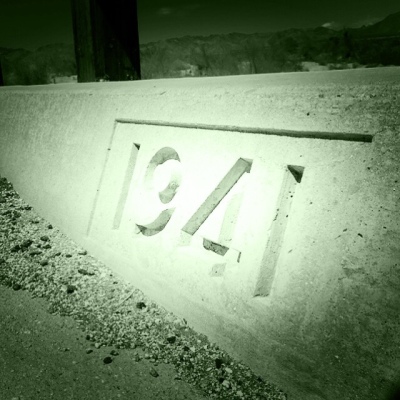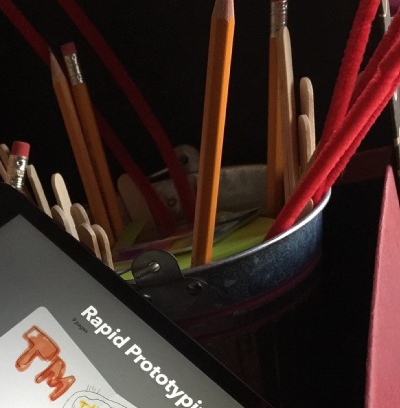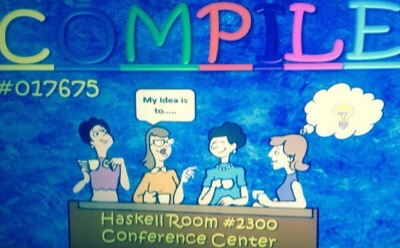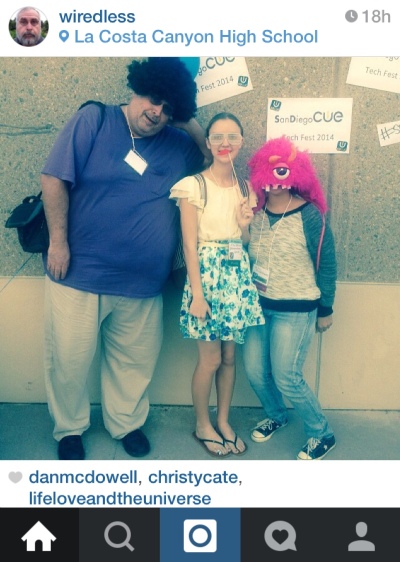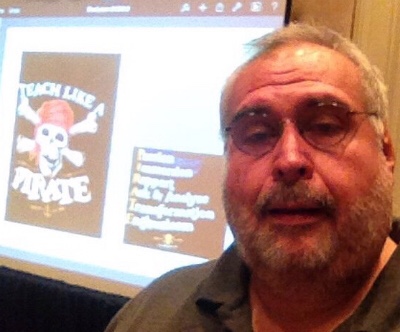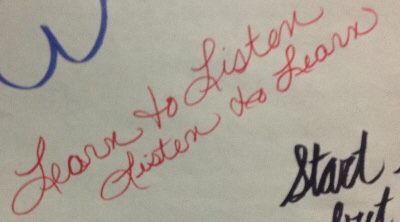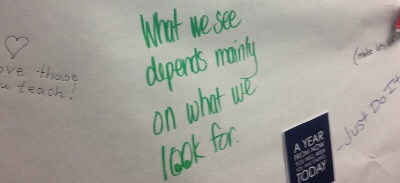INTRO
For the past several weeks I have been learning more about social media. Today the final session of ATD (Association for Talent Development) Social Media for Learning wrapped up. Some of what was presented I was already aware of: the value of Twitter for PD (Professional Development) for example. Some things, like how to make use of Facebook groups, were new to me. The best part about learning with ATD and instructor Jane Bozarth happened last weekend.
Driving home from EdCamp San Diego it occurred to me that most of what I was learning in the class I knew already. After a few minutes of deeper reflection I had a major AHA! moment: There were holes in how I use social media. Some were subtle things I hadn’t been aware of. Others were practices I knew about but thought didn’t apply to me.
ADULT LEARNING THEORY
Adults learn differently than children. One thing that sets adults apart from children from a learning perspective is adults need to know why they should learn something; put another way, adults ask “What’s in it for me?”
The past year most of my professional development has come through my participation in educational events hosted by K-12 schools in Texas, Arizona, and California. These events are held using what I’ve come to know as the unconference EdCamp model. Through EdCamp I’ve learned a lot about how children learn, how teachers use educational technology to engage students, and how teachers grow their craft. Afterwards, my curiosity piqued, I review research, read blogs and books teachers suggested, participate in online chats, and reflect. I try to figure out how to apply my new knowledge to the adult learners my instructional design work supports.
What is in it for me? I learn effective teaching methods from innovative educators. Some of these I can put to use immediately to grow not just my PLN (Personal Learning Network) but connect with PLCs (Professional Learning Community). After a year’s worth of EdCamps I have strategies I can use to deepen the relationships I’ve made with educators. Making better use of social media will go a long way towards helping me do so.
HOLE-ISTIC LEARNING
You could say that Social Media for Learning activated previous knowledge. I’ve been tweeting since May 2007. But they’ve been mostly disconnected tweets. I have two blogging accounts, Connect the Dots and Puzzling Mix. I blog irregularly, with some gaps spanning months.
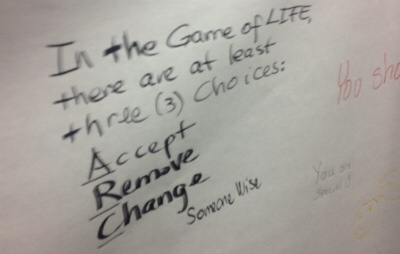
The first social media hole I started to fill was making the connection that blogging is publishing. My newspaper (yes, I still subscribe to a dead-tree newspaper) is dependable. It’s in my front yard every morning. So I should blog more often and on a regular schedule. Note: I haven’t set that schedule yet but since the end of September my Puzzling Mix blog has been more active.
MORE TO LIFE THAN (GASP) TWITTER
I’ve been active in the LRNCHAT Twitter chat for years. Most Thursday evenings I log on Twitter and happily answer questions and learn from other learning and development (L&D) professionals’ tweets. Once I started going to EdCamp my Twitter chat use exploded: I get a lot out of Teach Like A Pirate (TLAP). A summer chat actually got me motivated to draft a session proposal for the eLearning Guild’s DEVLEARN conference next week (shameless plug: I’m doing session 813 on Halloween).

The Social Learning class helped me take a second look at other social media venues like Pinterest. I have an on-again off-again relationship with Pinterest. When Jane asked me why I didn’t use Pinterest my reply was trite: Because. But after a few nights reflection I couldn’t come up with a more solid answer than that. Taking a casual look at my Pinterest board you’ll see it hasn’t been updated in a while. That’s okay. Because I know it’s a valuable venue for growth I’m motivated to figure out how to integrate Pinterest into my visual workflow. If anyone knows an easy way to post to Pinterest from Instagram lemme know, k?
Why do some organizations use social media while others do not? Bozarth advocates using a social media readiness checklist. During a facilitated activity I identified culture and policy implementation issues that may be constraining social media use by staff and customers. Other participants noted similar issues. Following a survey I learned I have my work cut out for me. The course informed me and gives me a place to start.
Takeaway: The more social media platforms and people we engage the more likely others will engage with us. Wow!
ACTIVE CULTURES
Last September I participated in my second Region 14 COMPILE (Collaborative On Mentoring & Planning Innovative Learning Environments) in Abilene, Texas. It was worth the 900 mile drive from Phoenix let me tell you. I got to meet Don Wettrick, educator and author of Pure Genius. I learned during his session how sometimes we (educators) teach our students to sit back and watch, as though learning were a spectator sport. It’s a much more effective learning experience when students do or make stuff. Learning can be much more effective when collaboration among students is leveraged. Social Media for Learning was very interactive. There were activities in blogging, break out sessions, and conversations in the class’ Facebook group.
We can leverage learning and knowledge transfer through social media. Learners can evidence their learning by completing projects using their new skills. Teachers can view and comment on work students produce collaboratively, in real time, with Google Docs.
Performance improvement and upskilling benefit through social media. Over several sessions the class worked through a case study involving copier service technicians. We were challenged to identify social media policies that inhibit knowledge sharing. Bozarth encouraged us to brainstorm ways social media can help grow our teams’ success.
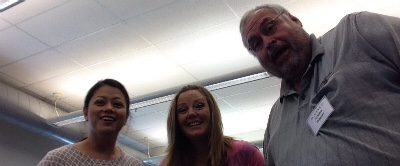
One of the conversations we had involved barriers to the practice of using social media for learning. In some organizations I learned how using social media is encouraged by policy and practice. Other organizations are not so fortunate: policy or practice, sometimes both, lags. Sometimes the issues are technical. Other times progress towards adoption is delayed by feet dragging by individuals charged with implementation. I learned strategies for identifying the root causes for why some workplaces don’t engage workers and customers to engage with each other via social media. It starts by asking why and listening actively. Through positive messaging the many benefits of social media in learning and performance become tangible. It’s cool to think I learned more ideas for how to approach management about giving social media a try.
One thing Wettrick talked about in his COMPILE session that resonated with what Bozarth taught was the importance of social media profiles. Many social media platforms have a profile. This gives us a chance to share a little bit about ourselves: photograph, brief bio, and interests. Bozarth reinforced the practice of creating an effective profile. Now I make it a practice to take a good close look at people’s social media profiles. Are they in education? Do we share similar interests? If the answers are yes then I have a new connection. In PLNs and PLCs it’s quality over quantity.
HOW DO WE KNOW?
I use several processes and practices to design and develop engaging learning experiences. One very practical thing I need to make sure is in there is measuring how well the learning experience served the student and the organization. If the student isn’t learning and then applying that new skill or know-how for their benefit then I didn’t do a good job. It’s the same with social media. It does no good to have a Twitter button on a course screen that few use. During a recent consulting project I learned that no one was blogging because workers had to send their posts to the blog owner for review; if the owner felt the post had merit, whatever that means, then it made it into the blog. The bad news is that this was identified after implementation. Bozarth shared instruments designers can use during analysis to identify appropriate metrics based on the social media platform selected.
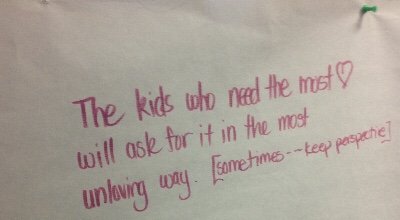
Social media offers us a variety of venues including blogs, YouTube, Facebook, Twitter, Flickr and others. The evaluation methods introduced in the course provide designers with solid ways of measuring attributes that matter: clicks, tweets, shares, comments and so on.
CALL TO ACTION
During today’s final session we talked about ways we can support social media adoption within an organization by asking:
-
How can we market it to internal and external customers?
-
How to eschew features and focus instead on ways it improves people’s lives?
-
How do we curate information to leverage its accessibility and reach?
-
Is the organization is ready for it?
This last point, about an organization’s potential for nurturing the adoption of social media for improving learning and peformance, opened my eyes to all the things that could encourage, or block, widespread adoption.
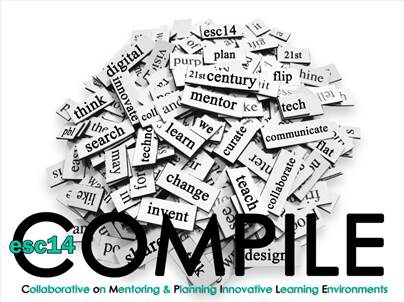
It was sobering. As stated earlier, it activated something that has been on my mind for some time. What do you do if your interests don’t mesh well with where you work?
OUTRO
Social Media for Learning is a hands-on practical course. It activated knowledge I didn’t remember possessing. It is applicable to educators of all stripes. Going forwards I have a plan for making my work more rewarding and improving people’s learning experiences.
Social Media for Learning is the icing on the cake. I really needed to complete this course now.

